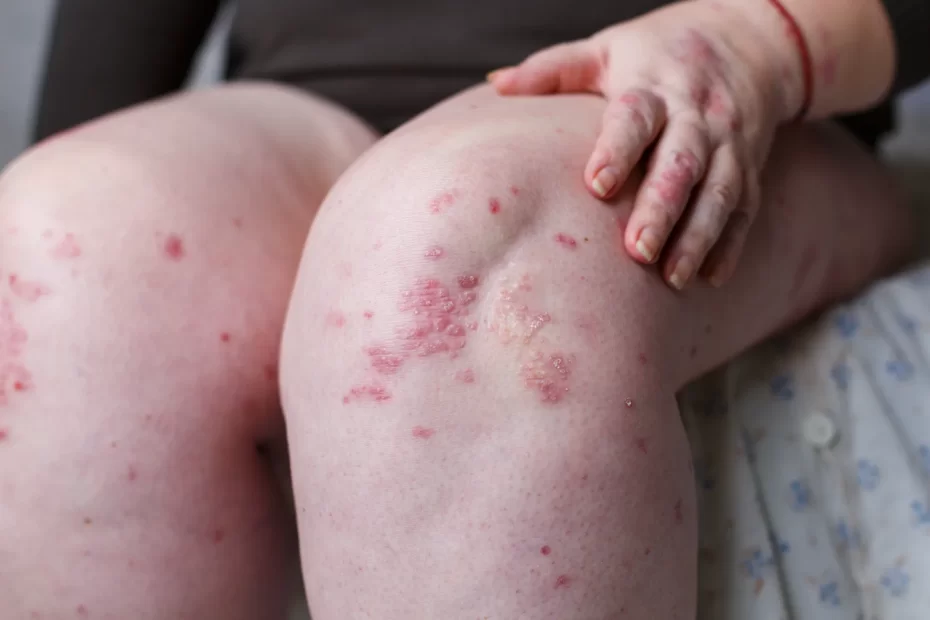Xerotic eczema, also known as asteatotic eczema, is a common form of eczema characterized by extremely dry, itchy, and cracked skin. This type of eczema is more prevalent during the winter months when the air is dryer, leading to increased moisture loss from the skin. Understanding the causes, symptoms, and treatment options for xerotic eczema is essential for effectively managing this condition and improving skin health. In this blog post, we will delve into the details of xerotic eczema, as well as explore the various treatment options available for individuals dealing with this skin condition.
Understanding Xerotic Eczema
Xerotic eczema, also known as “asteatotic eczema,” is a common form of eczema characterized by excessively dry, itchy, and cracked skin. This condition is more prevalent in older adults, especially during the winter months when the air is dry. Some key points to understand about xerotic eczema include:
Symptoms: The symptoms of xerotic eczema include severe dryness, itching, redness, and cracking of the skin, particularly on the lower legs, arms, and abdomen.
Causes: This type of eczema is primarily caused by a combination of factors such as aging, cold weather, low humidity, and genetic predisposition, leading to decreased oil production and moisture retention in the skin.
Treatment: Treatment options for xerotic eczema typically include moisturizing creams or ointments, gentle cleansers, avoiding hot showers, using a humidifier, and wearing soft fabrics. It’s important to consult a dermatologist for a personalized treatment plan.
Understanding the symptoms and causes of xerotic eczema is crucial for effective management and relief of this condition.
Remember, if you experience symptoms of xerotic eczema, it’s important to seek guidance from a healthcare professional.
Treatment Options for Xerotic Eczema
When it comes to managing Xerotic Eczema, there are several treatment options available to relieve symptoms and improve the condition. Here are some effective treatments:
Topical Moisturizers: Using thick, creamy moisturizers can help lock in moisture and prevent dryness, reducing the symptoms of Xerotic Eczema.
Hydrocortisone Creams: For flare-ups, over-the-counter hydrocortisone creams can provide relief from itching and inflammation.
Prescription Medications: In severe cases, a dermatologist may prescribe topical or oral medications to reduce inflammation and promote healing.
Avoiding Triggers: Identifying and avoiding triggers such as harsh soaps, certain fabrics, and low-humidity environments can prevent flare-ups.
Wet Wrap Therapy: This involves applying moisturizer to the skin and wrapping it with wet bandages to soothe and hydrate the affected areas.
By incorporating these treatment options into your skincare routine, you can effectively manage Xerotic Eczema and improve the health of your skin.
